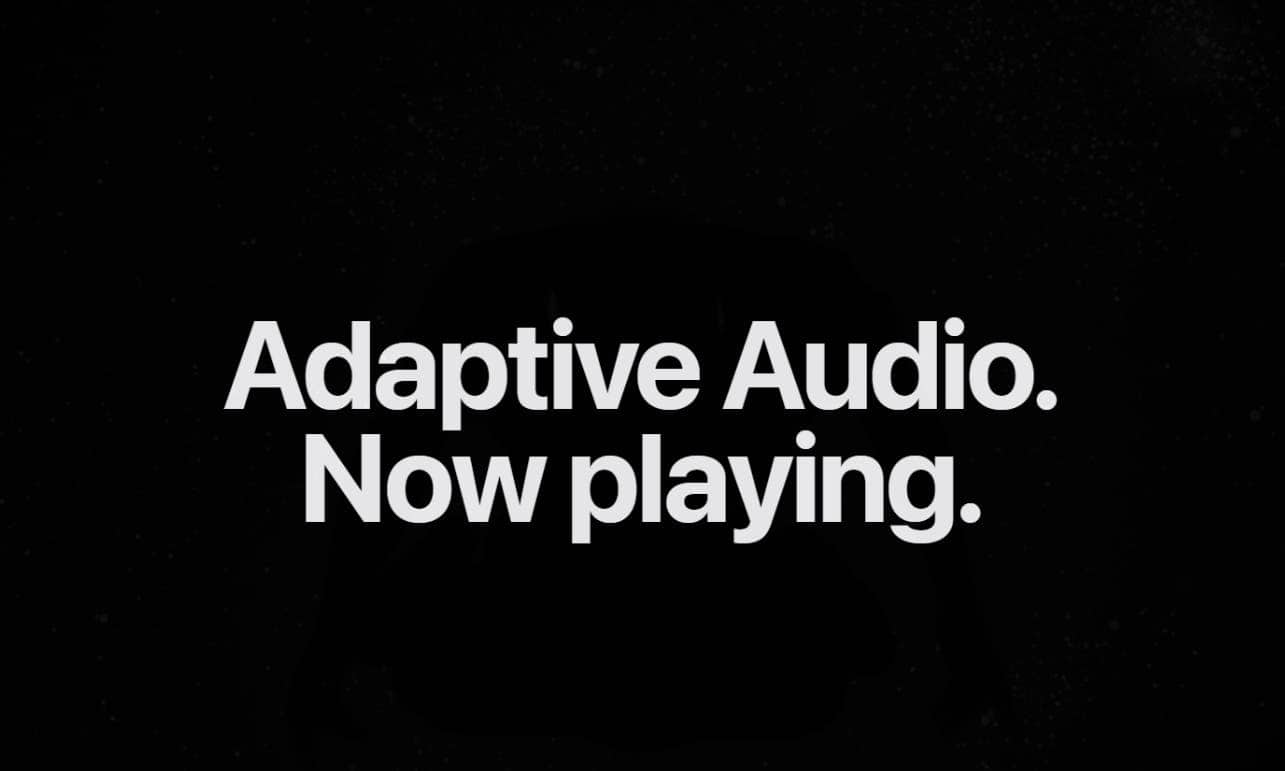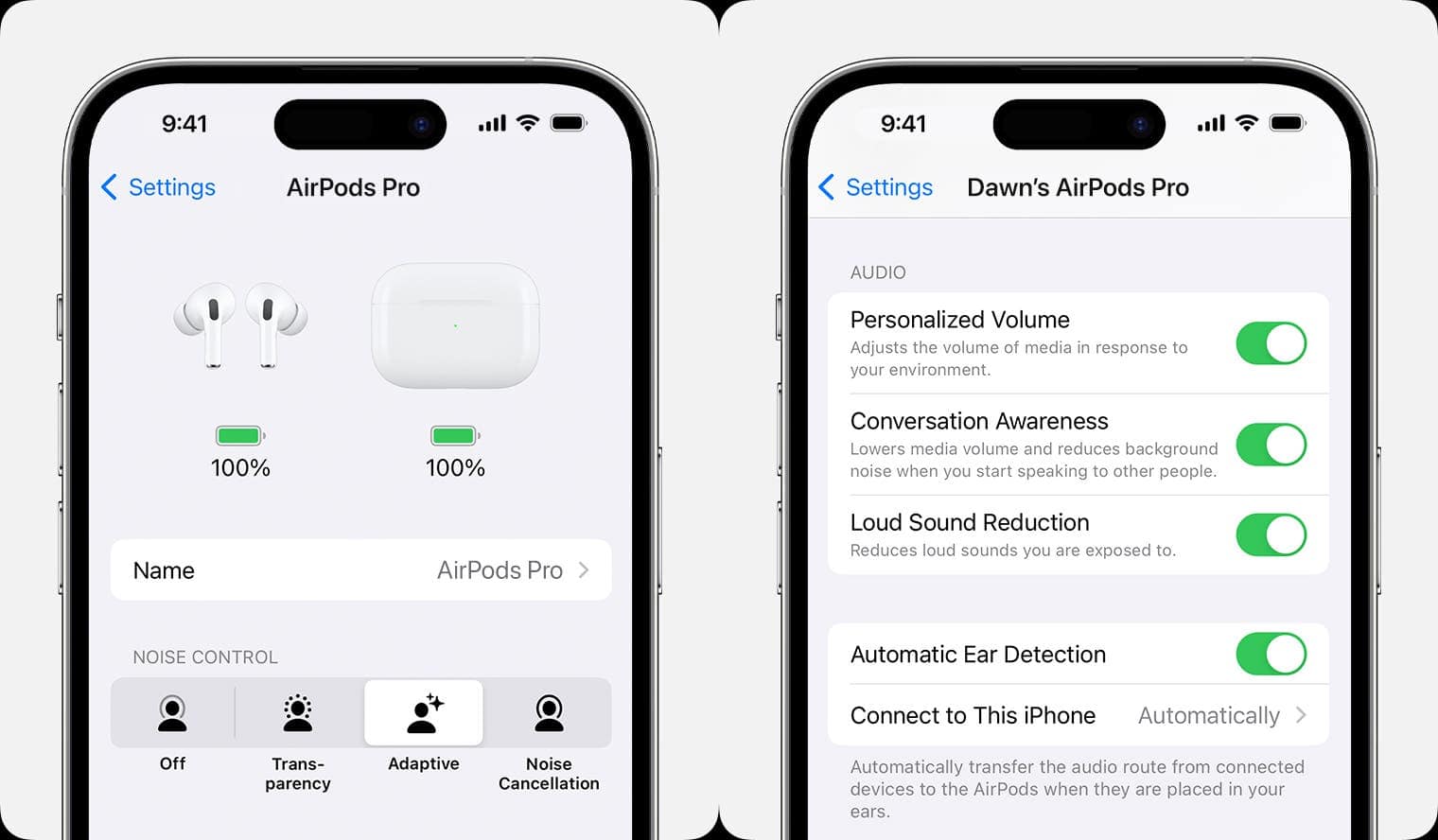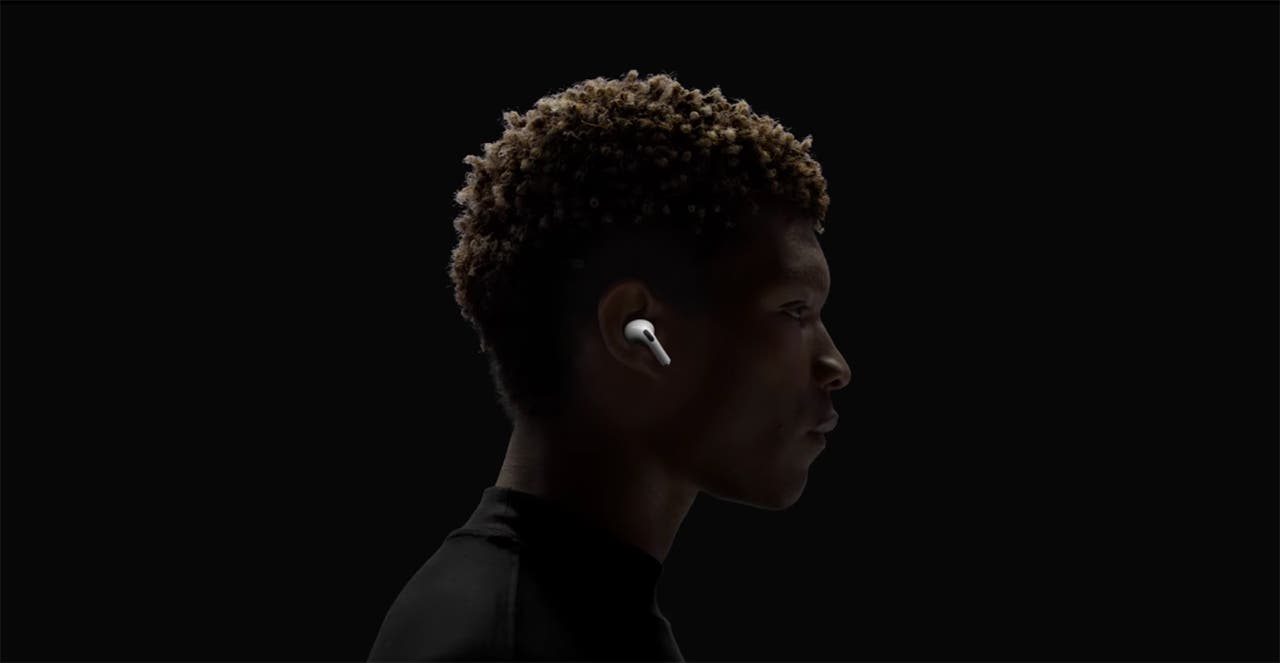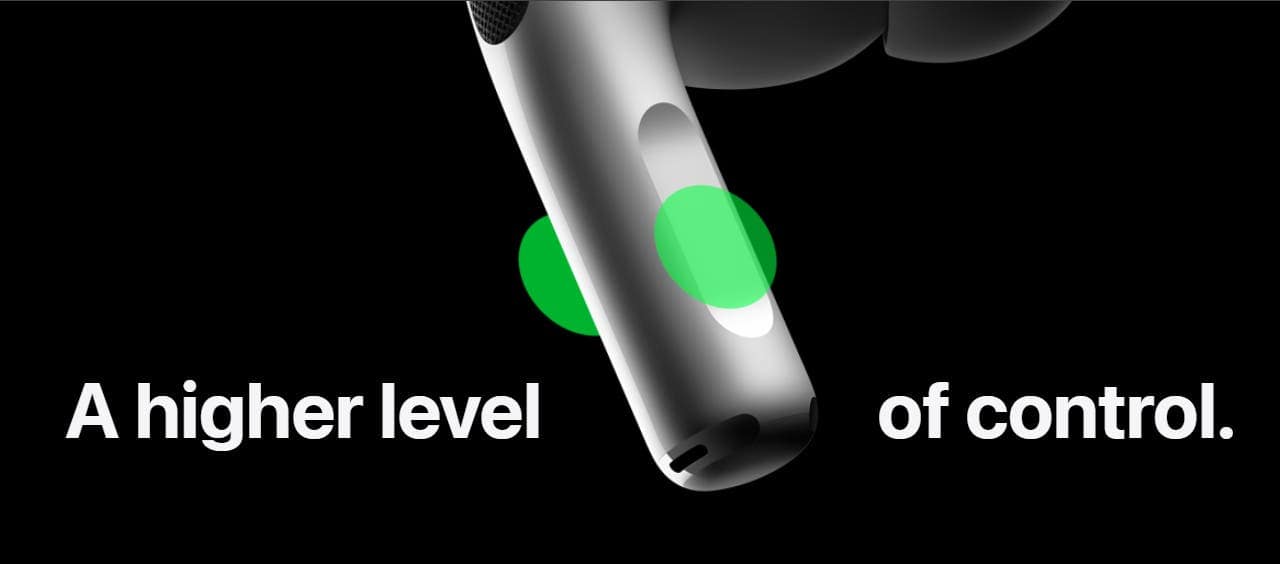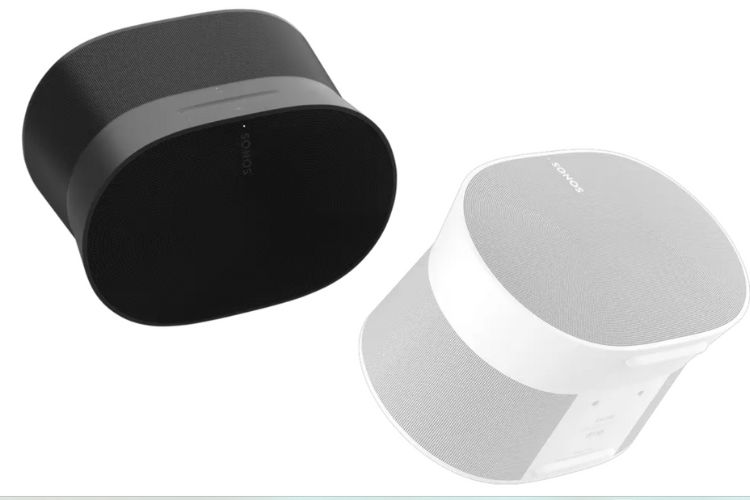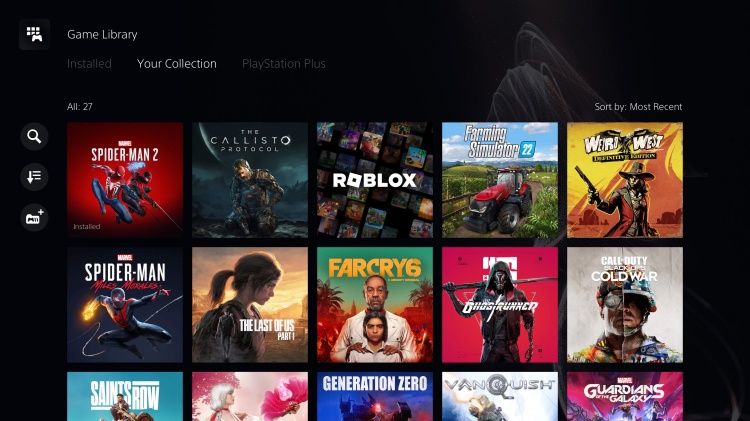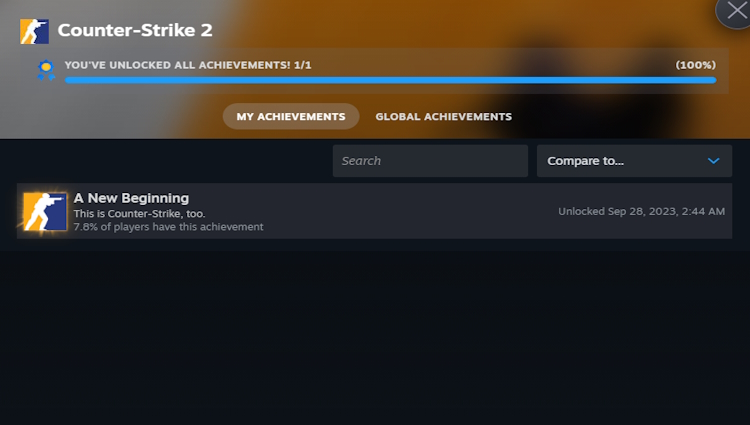CS2 has officially launched, replaced everyone’s beloved Counter-Strike: Global Offensive, and brings a lot of new features. Thanks to the Source 2 engine, Counter-Strike 2 feels like a completely new game with improved sound, mechanics, and more. Though the game comes with several new features, it also misses out on some massively popular legacy features that were present in CS: GO. These features were crucial in CS: GO, and you can notice their absence in the new CS2 update. We do too, so we have compiled a list of all the major features that are missing in CS2.
1. Achievements
We hear you and we see you, CS: GO players. It took twelve years for all of us to perfect our game and get all those little achievements that mean a lot to us. Unfortunately, Valve thought it was cool to remove all of that when replacing the old game, which is just sad. I mean, I do understand why these old achievements are gone but at least bring us some new ones, so we can look forward to achieving new goals in the game apart from kick voting playersout.
2. No Left-Hand View Model
What was one of my favorite features from the CS:Go is clearly missing in Counter-Strike 2, and it’s annoying. The left-hand view model was amazing for right-eye-dominating players. The feature could be enabled by using the console command code “cl_righthand 0” in the older version of the game. Hopefully, Valve thinks about the players and add this feature back to the game soon.
For more information and updates on the left-hand model in Counter-Strike 2, keep an eye on our dedicated article for the same.
3. Map-Specific Agents
One of the coolest parts of being on the CT side for me was the different outfits I loved for different maps. However, with the introduction of custom agent skins that slowly started fading away. But with the launch of CS2, the map-specific agent feature feels like it’s gone forever.
Yeah, you are only choose Phoenix forces on the T side or SAS on the CT side. There are no longer map-specific faction or player models in CS2. Valve plans to make bank by selling new agent skins, I suppose!
4. Wingman Maps
Valve officially added the Wingman game mode back in CS:GO. This game mode brings fast-paced 2 vs 2 fights and end quickly. The best part of this game mode, however, was the large map pool. Well, that has changed with Counter-Strike 2, as there are only four Wingman maps right now. It is unknown when Valve will add more Wingman maps, so that is a little embarrassing for such a nice game mode.
5. Net Graph Command
If you loved using the developer console in CS:GO, you must know about the “net_graph 1” console command. Yes, we know this command no longer exists. The thing that the net graph command showed was the FPS graph in real time, along with packet loss percentage and ping. That is why this command was one of the most used commands.
Well, the netgraph command is still present in CS2 but it works differently and tells if your connection to the server is stable or laggy. Also, we have a detailed explainer on how to show FPS in Counter-Strike 2, so check it out if you wish to see your frame rate at all times.
6. Danger Zone
The Danger Zone game mode came in CS: GO as a battle royale bootleg to end off competition from the likes of PUBG, Fortnite, and Apex Legends. What made it bad was not the game mode itself, but the slow behavior of how Counter-Strike characters worked. That is why this game mode was not well received by the playerbase. There is a high possibility that it was the reason behind this game mode not making a comeback in CS2.
7. Mode Specific Weapons
Are you saving the hostage? Oh, you both are dead now. Thanks to Valve, Riot Shields no longer exist to protect you in hostage maps. Along with the shields, CS2 is also missing other game mode-specific weapons like the axe, hammer, breach charge, and bump mine as its old counterpart. We are kind of okay with the removal of other items, but the shield? really? Bring it back Valve (or we riot!).
8. Bob Effect
Do you think your gun is moving too much while you walk or stay idle? Guess what? For the uninitiated, it is called weapon swaying, and it has existed in Counter-Strike games for ages. However, in CS:GO, there was a way to fix this through console commands.
The console command “cl_bob” used to do the trick just fine. Even pro players like S1mple and Shroud used this command. Well, with CS2 coming and the new Counter-Strike 2 console commands changing things, there is no way to fix the weapon bob effect anymore. I guess we have to get used to swaying guns now.
9. Coaching Slots
Last but definitely not the least, one of the biggest missing features in CS2 is the coach slot in-game. We all know that Valve loves adding esports elements in all game modes in Counter-Strike and Dota 2. But this well-known feature is currently missing and might be added to the game later on, possibly closer to when the LAN tournaments return.
That was a quick list of features missing in Counter-Strike 2 right now. Let us know the feature you miss in CS2 that has existed in Counter Strike Global Offensive or older versions for the last decade. Of course, we have not mentioned the 11 years of community creations on this list. Once the workshop opens and community creations start pouring in, we will feature amazing community creations for CS2 too. But for now, you might want to check out an explanarion for CS2 premier rank ratings. Finally, before you go, if you want to convert your Valorant sensitivity to CS2 sensitivity, do not miss the linked guide.
Frequently Asked Questions
What happens to CS: GO skins in CS2?
Do not worry, this is one feature that will not go missing in CS2. The skins you own in your Steam account including gloves, knives, etc. will remain the same. However, the appearance might change slightly due to the engine upgrade and new lighting.

